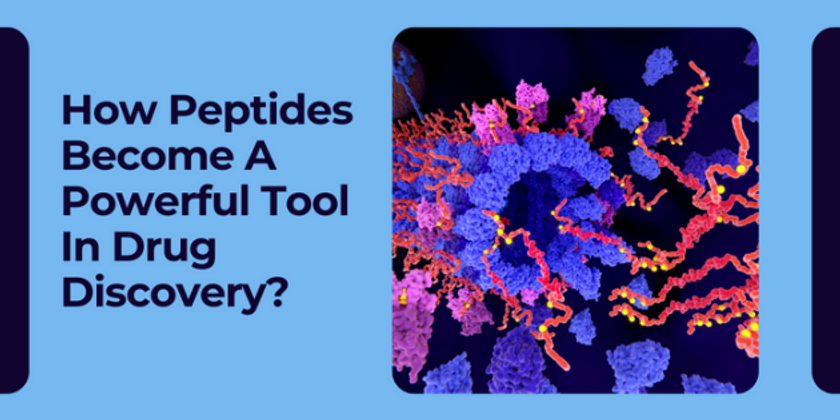How Peptides Become A Powerful Tool In Drug Discovery?
Jul 13th 2022
Drug discovery is a pillar in pharmaceutical chemistry and a vital component in the medical field, helping to identify therapeutic agents that promote healing and preventative health. The medicine branch has existed for millennia as civilizations relied on botanical sources to cure illnesses.
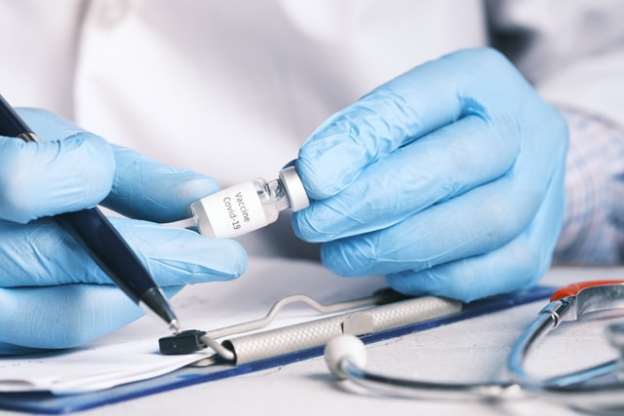
However, knowledge dispensation and technological advancements like recombinant protein production, custom DNA synthesis, gene synthesis services, and antibody production have contributed to significant milestones in drug discovery, including therapeutic peptides. Therapeutic peptides play an essential role in drug discovery, and you can learn more about their history and commercial peptide synthesis services below.
The History and Evolution of Peptide Therapeutics In Drug Discovery
Before dwelling on peptides’ impact on drug discovery, begin by understanding what peptides are and how they found their way into the drug discovery arena. Peptides are amino acid chains featuring two to 50 amino acids.
According to one historical account, the first mention of peptides was in 1902 when a German chemist, Emil Fischer, published a paper using the word to denote small molecules resembling proteins. Besides coining the term peptides, Emil Fischer pioneered peptide chemistry and received a Nobel Prize for his contribution to chemistry.
The endogenous peptides in human beings and other organisms function as signaling molecules within and among cells, facilitating physiological functions. Therefore, peptide chemistry and antibody production as we know it today leverages a peptide’s signaling capacity in various physiological pathways to cause therapeutic effects.
Emil Fischer’s work set the foundation that led to the discovery of recombinant insulin in 1920. Initially, peptide chemistry focused on endogenous human peptides, and their role in drug discovery primarily focused on human replacement therapy to supplement the said hormone levels. Besides insulin, other endogenous human peptides include oxytocin for inducing uterine contractions and the adrenocorticotropic hormone used for treating endocrine disorders.
Initially, peptide chemists isolated recombinant endogenous hormones from the pituitary glands of livestock. Drug discovery is an age-old field in many civilizations. And synthetic drug discovery has helped diversify drug discovery and set the tone for artificial peptide synthesis.
Recombinant protein production began with expression systems like e coli protein expression, whereby peptide chemists used e coli expression systems to facilitate high throughput protein and peptide production. Besides bacterial expression systems like e coli expression systems, insect, mammalian, yeast, and algal expression systems also facilitate in vitro protein expression. Moreover, the heterologous expression systems facilitate monoclonal and polyclonal antibody production.
However, recombinant protein expression systems primarily expressed native peptides or peptides with sequences similar to natural products. Native proteins had multiple limitations, including a short half-life, instability, and low oral bioavailability owing to a higher molecular weight and limited intestinal permeability.
Consequently, the 1930s saw peptide synthesis companies using classic artificial peptide production methods like solution-phase peptide synthesis. However, traditional commercial peptide synthesis methods also had shortcomings that inspired one peptide chemist to develop solid-phase peptide synthesis (SPPS), the most popular recombinant protein production today.
However, SPPS wouldn’t be adequate if not for developing enzyme-linked immunosorbent assay (ELISA). ELISA test kits facilitate antigen detection and are vital in various antibody production steps, mainly purification and verification. Therefore, ELISA kit manufacturers work with peptide synthesis companies to accelerate drug discovery.
ELISA kit manufacturers make different test kits, and it's easy to learn how to do ELISA test and measure antibody sensitivity, among other therapeutic peptide quality markers.
Fast-forward to 2022, antibody protein sequencing services offering monoclonal antibody production, custom peptide synthesis, and polyclonal peptide synthesis are ubiquitous. Moreover, gene synthesis services make it possible to produce native and heterologous peptides and facilitate analog peptide production for custom antibody production.
According to one report, 53 FDA-approved non-insulin drugs are available on the market, while over 100 drugs are under trial. Therefore, an overview of the recombinant protein production technologies driving peptide drug discovery is below.
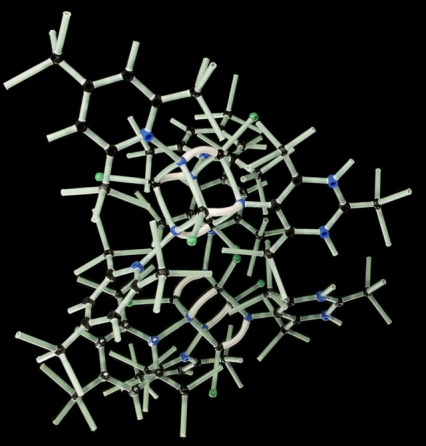
Recombinant Protein Production Technologies
The essential role peptides play in drug discovery is only possible thanks to ubiquitous recombinant antibody production technologies. Commercial peptide synthesis machinery is constantly evolving to accommodate high throughput peptide production of diverse peptide groups within the shortest time possible.
Moreover, the technologies aim to increase peptide stability and shelf life, especially for native peptide analogs produced via gene synthesis services and custom protein expression. Therefore, below is an overview of protein expression and purification services today employ technologies today.
Phage Display Technology
Phage display technology is a laboratory technique that utilizes bacteriophages or viruses that destroy bacteria to facilitate high throughput peptide screening. Peptide screening is vital in peptide drug discovery because it gives insight into the interaction between a peptide and other gene products like peptides and proteins. It helps establish the affinity level between the peptide on display in the screening macrophage and other peptides and proteins.
The technique employs the transduction or introduces gene-encoding material like DNA into a bacteriophage or vector. E coli expression systems are the most common vectors that hold the bacteriophage for phage display.
Phage display builds on the premise that the genotype or DNA matter and the phenotype or bacteriophage share a link that allows ribosomal peptide synthesis within e coli protein expression systems. Therefore, it facilitates high throughput peptide expression and allows for developing peptide libraries as study resources in drug discovery.
Peptide chemists use peptide libraries on phage displays as screening tools to investigate affinity levels between peptide-ligand binding receptors. Moreover, the peptide library allows for peptide modifications that enhance peptide-ligand affinity for enhanced antibody sensitivity. Therefore, it allows for the expression of analog peptide sequences that do not exist naturally, facilitating custom antibody production via monoclonal antibody production (mAbs).
Phage display technology contributes tremendously to drug discovery and therapeutic areas like preventative medicine and cancer therapeutics. According to one research report, monoclonal antibodies are the primary treatment strategies for cancers and most autoimmune diseases, and phage technology accounts for the highest monoclonal antibody production.
Peptide Expression Systems
Peptide expression refers to the in vivo or in vitro process by which genetic product (peptides and proteins) synthesis and modification occur in living cells. Therefore, peptide expression systems facilitate in vitro peptide and protein synthesis via cell cultures.
Protein expression and purification services use various protein prokaryotic and eukaryotic expression systems as recombinant peptide production tools. Below is a highlight of the primary expression systems peptide synthesis companies use in commercial peptide synthesis and custom protein expression.
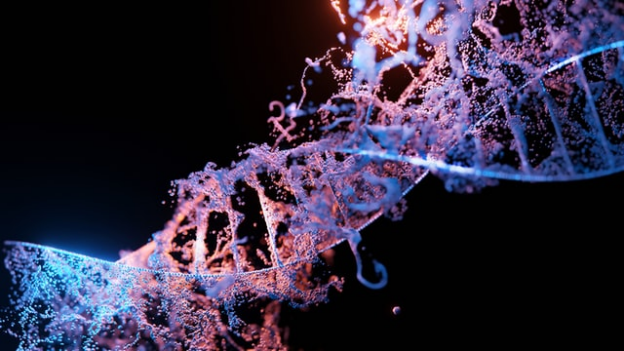
Bacterial Expression Systems
Bacterial hosts are the most popular antibody and protein expression systems in protein production services, and e coli expression systems are the preferred bacterial hosts. Peptide synthesis companies using e coli protein expression as their cellular machinery do so by inserting available DNA templates into plasmids or vectors for transduction into the cell machinery. Such services offer full-service packages, including custom DNA synthesis, gene synthesis services, cloning, peptide expression, and purification.
E coli protein expression systems and other bacterial peptide expression hosts have multiple advantages, including procedure simplicity and cost-effectiveness, easy peptide manipulation, low viral contaminant risk, and scalability. However, monoclonal antibody production remains a challenge for bacterial expression systems, and one report shows that e coli expression systems mAbs production rate.
Yeast Expression Systems
Like bacterial expression systems, yeast cell machinery is ideal for antibody expression and functional analysis using ELISA test kits. The advantages of yeast cell machinery include simplicity, scalability via manipulation, and easy manipulation for custom protein expression.
However, while e coli and other bacterial expression systems are prokaryotic, yeast is eukaryotic. Consequently, one literature review posits that it supports post-translational eucaryotic peptide modifications that bacteria systems cannot facilitate.
Although yeast is not the typical choice for mAbs production, one report shows that technological advances like using glycoengineered yeast help improve the expression system’s mAb production capacity.
Algal Expression Systems
Algal expression systems are eukaryotic and feature the eukaryotic cell machinery advantages, including easy manipulation and scalability for therapeutic and diagnostic peptide expression. Moreover, Algae have high growth rates and feature phototropic properties meaning they absorb light for photosynthesis, and photosynthesis catalyzes the peptide expression process. However, despite their potential, peptide and protein expression services rarely use algal expression systems.
Insect Expression Systems
Insect expression systems support the ease of scalability and post-translational modifications. They are also adaptable to high-density or statistical suspension cultures. One study shows that suspension culture produces a high volume of bioactive therapeutic proteins and peptides with limited environmental influences.
Such peptide and protein synthesis systems have multiple advantages over bacterial and yeast cell machinery. Moreover, they produce antibodies rivaling the monoclonal and polyclonal antibody production quality in mammalian expression systems. Therefore, insect expression systems are ideal for conducting peptide antibody functional and structural assays using ELISA test kits.
Mammalian Expression Systems
Mammalian expression systems support the highest eukaryotic protein synthesis and antibody production. They facilitate antibody production and structural and functional antibody analysis using ELISA test kits.
Moreover, mammalian expression systems facilitate the expression of complex proteins that prokaryotic and simpler eukaryotic expression systems cannot express effectively and efficiently. Monoclonal and polyclonal antibody production are among the most complex antibody protein sequencing services left to mammalian expression systems.
However, such systems have cons, including the expensive machinery required to maintain ideal cell culture conditions. Peptide chemists must learn how to do ELISA test on a sample before extracting cell cultures from the host animal. Nonetheless, plant-based expression systems, though rare, are emerging as a mammalian expression system alternative for companies offering peptide production services.
The heterologous peptide expression systems have come a long way in modernizing antibody protein sequencing services. They facilitate cost-effective, high antibody peptide yields within a short period to facilitate drug discovery and therapeutics research.
However, each of the peptide expression systems has advantages and disadvantages. However, Antibody protein sequencing services consider the protein type, its functional activity, and the client’s desired yield before choosing an expression system to fulfill a recombinant peptide synthesis order.
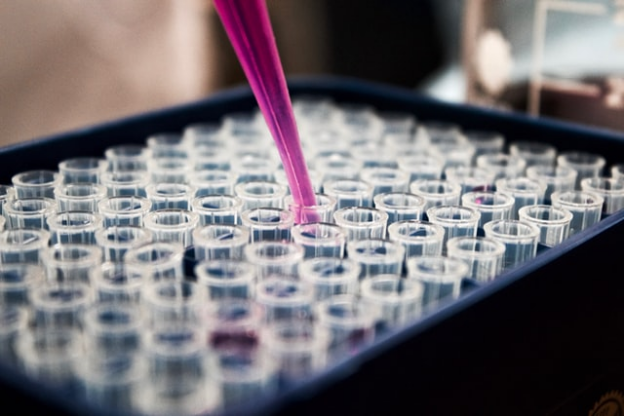
Cell-Free Peptide Synthesis
While expression systems play an integral part in peptide chemistry, they face ethical concerns, particularly mammalian expression systems that use live animal hosts. Heterologous peptide expression takes a long time and requires elaborate peptide purification processes.
Consequently, antibody protein sequencing services utilize cell-free recombinant protein synthesis to facilitate faster peptide synthesis. The first historical account of cell-free peptide synthesis was in the 1920s when Max Bergmann, Emil Fischer’s protégé, discovered solution-phase peptide synthesis.
Solution-phase peptide synthesis (SPS) entails using chemical reagents to trigger condensation directions that form amide or peptide bonds between amino acids to form amino acid analogs. However, SPS is an analog process, and advances in peptide chemistry led to the development of solid phase peptide synthesis.
Solid phase peptide synthesis shares basic principles with SPS but utilizes polymeric support to hold the growing peptide chain. It also requires fewer purification steps.
The process is effective in custom DNA synthesis, custom antibody production, custom protein synthesis, and commercial peptide synthesis. Moreover, solid phase peptide synthesis facilitates custom DNA services, allowing for custom protein synthesis. Therefore, protein expression and purification services.
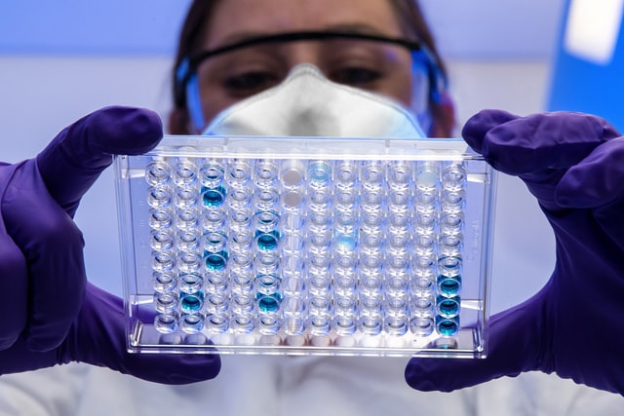
Peptide Modifications
Peptide expression and chemical peptide synthesis have existed for decades. Moreover, the antibody production steps used by protein expression and purification services build on the same decade-old principles.
However, peptide modification is the constant change that drives peptide chemistry in drug discovery. Antibody modifications promote antibody sensitivity and facilitate custom DNA synthesis, custom antibody production, and custom protein expression.
Below is an overview of feasible therapeutic peptide modifications that heighten antibody sensitivity and stability.
Chemical Modifications
According to one literature review, a peptide’s chemical structure influences its bioactivity. Therefore, chemical modifications alter the peptide’s chemical structure by replacing inactive biological sequences with targeted sequences to achieve desirable natural properties in the therapeutic peptide.
Such characteristics include antibody sensitivity and enhanced stability, selectivity, and solubility. Some ELISA kit manufacturers supply test kits that can detect antibody sensitivity.
Backbone Peptide Modification
The backbones in a peptide denote the carboxyl (C-terminal) and N-terminal on amino acids that merge to form peptide bonds. According to one study, the peptide backbone plays a vital role in peptide stabilization.
Peptide chemists can modify a therapeutic peptide’s backbone by substituting native amino acids, inserting methylated amino acids that improve stability and pharmacokinetics, and inserting beta-amino acids for metabolic stability. Backbone modification is among posttranslational antibody production steps, and although ELISA kit manufacturers have no assay kit for stability, other assays are available.
Side-chain Peptide Modifications
The side chains on a peptide denote the amino acid molecules sticking outside the backbone. Side chains influence the peptide’s target selectivity and binding activity.
Therefore, including side-chain modifications among antibody production steps by substituting native amino acids with analogs helps improve the therapeutic polypeptide’s selectivity and affinity for antigens. Learning how to do ELISA test means peptide chemists can measure the peptide drug’s affinity.
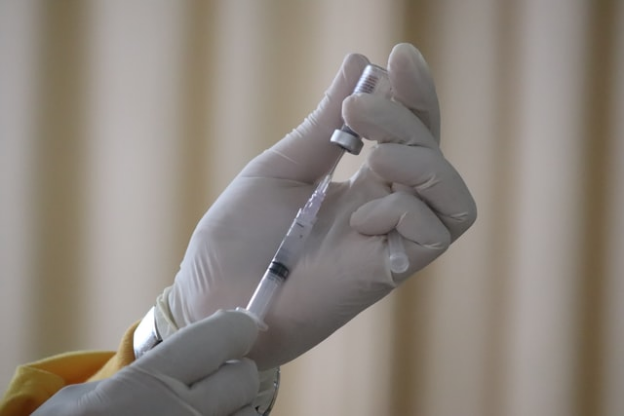
Conclusion:
Peptide therapeutics are constantly evolving as chemists harness biotechnological advances to leverage more of the peptide’s native functions as signaling molecules in various pathways. Thanks to efficient and cost-effective peptide production processes, production service ubiquity, and modifications that enhance a peptide’s stability, bioavailability, and shelf-life, peptide therapeutics have the potential to manage multiple chronic illnesses better.

